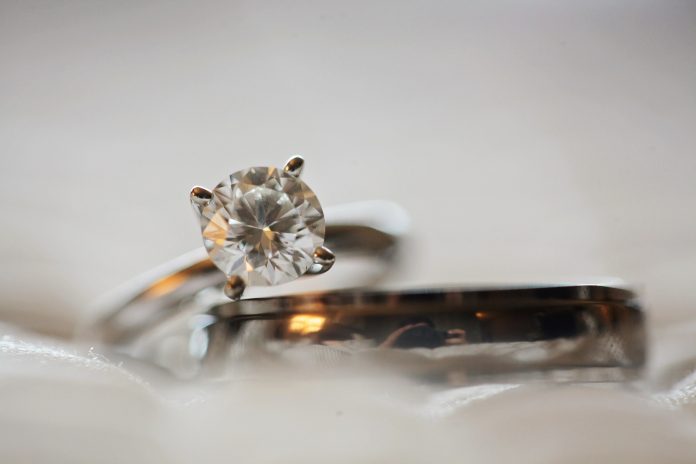When you see the word gem, you almost certainly picture fancy stones set in jewelry or royal crowns. Fine jewelry, crowns, scepters, and other famous jewels, just like the Hope Diamond, are all samples of gems. Certainly we all know a gem once we see one, but what’s it that technically makes a gem a gem?
A review gems, or gemstone, maybe a sort of material that’s capable of being cut and polished to be used in jewelry or other ornamental applications. Gems are most ordinarily made from minerals. Minerals, as you would possibly already know, are present, inorganic, crystalline solids, of definite chemical composition. There also are a couple of ‘gemstones’ that are literally rocks or fossils, not minerals, but we’ll address those later. Types of Gems
There are many various sorts of gemstones, and that they are often grouped supported how they’re formed. As mentioned above, gems are often formed from minerals, organic materials, other inorganic materials, or rocks (mixes of minerals, crystals, and other rocks).
Mineral Gems
The gem-forming minerals are far and away from the most important group, with over 130 different minerals getting used as gems. Diamonds, sapphires, rubies, emeralds, and most of the birthstone gems (except for opal) are formed from minerals.
Organic Gems
The next largest group is that the organic group, which contains both fossil-based gems like amber, and organism-formed gems like a pearl, mother of pearl (nacre), and ivory. This group contains gems that are most often utilized in ornamental carvings and sculptures, as many are structurally strong (like ivory) or delicate and iridescent (like the mother of pearl).
Other Inorganic Gems
There are only two other sorts of inorganic gems, opal and obsidian. Obsidian may be a black volcanic rock , and forms as a product of volcanic eruptions. It also features a ‘snowflake’ variety that has white, snowflake-like inclusions in it
Synthetic Gemstones
There is a special class of gemstones referred to as synthetic gemstones. These are stones that aren’t present , like minerals, or formed from organisms, like pearls, but instead are formed through human intervention. Synthetic gems are designed to seem like present gems but without the hefty tag caused by the rarity of natural stones. the foremost classic example of an artificial gem is cubic zirconia
. Assembled Gem
An assembled gem (also called a composite gem) may be a gemstone made from other smaller gems.An assembled gem can often be a fake gem with a desirable piece of gemstone attached to pieces of cheap imitation gemstones.For example, a mixture of a skinny layer of green glass and a colorless piece of quartz would be a composite gem.

